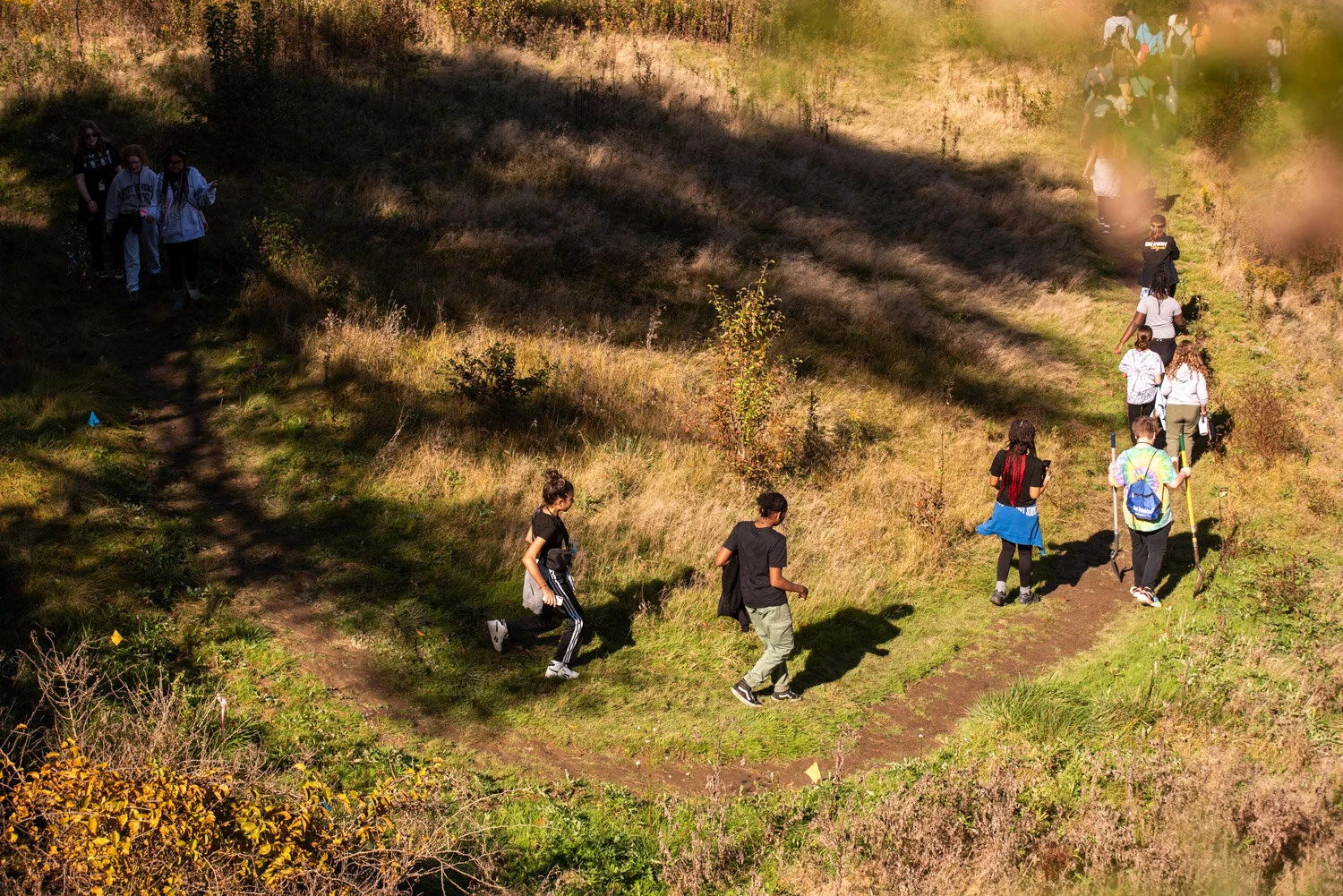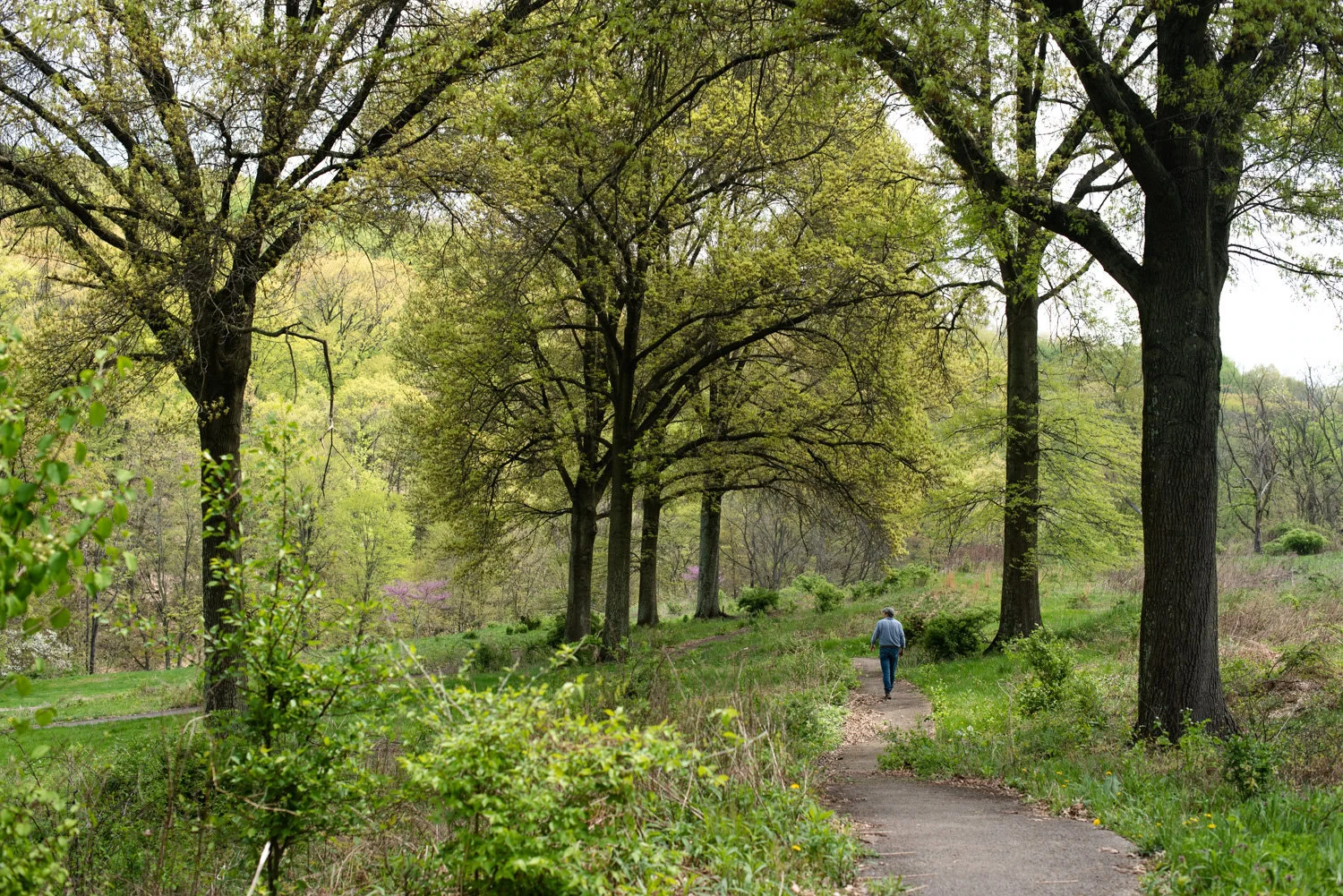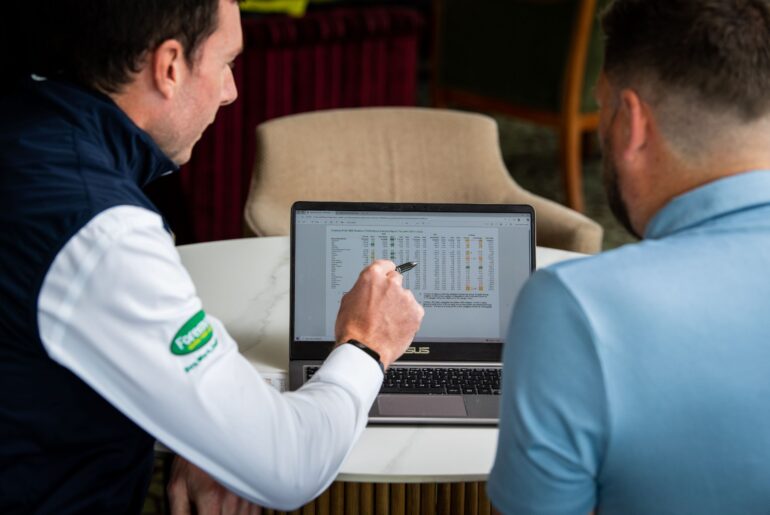In 2017, Hurricane Harvey dumped approximately 50 inches of rain on the Houston area. “The first lake was 90 percent complete when Harvey hit,” explains David Sharp, chairman of the board of directors of the Exploration Green Conservancy, the nonprofit created to manage the site’s ecological restoration and sustainability. “There were 200 houses in the immediate area that would regularly get flooded with any kind of heavy rain. Not one house flooded,” he recalls.
Exploration Green is not the only golf course that has seen a rewilding. As golf’s popularity has waned in recent years, other courses have also been re-envisioned as places for people and nature to thrive.
According to the National Golf Foundation, there were almost four million fewer golfers in 2024 than in 2003. The cost to operate a private golf club can be as much as $1 million annually, and with fewer golfers hitting the links, owners are not able to meet operating budgets, and courses have been sold. In 2022 alone, more than 100 golf courses shuttered across the U.S., leaving many acres of unused land ripe for reimagining. Couple this with a 2023 study which found that 97 percent of all metropolitan areas in the United States have insufficient open space, and unused golf courses become an invaluable resource.
The benefits of preserving open spaces, as the authors of the report note, are numerous. They provide opportunities for people to experience nature, socialize and participate in healthy recreational activities — something the residents of the municipalities of Churchill and Penn Hills outside of Pittsburgh are passionate about.
 Courtesy of Allegheny Land Trust
Courtesy of Allegheny Land Trust
“When the Churchill Valley Golf Club closed in 2013, it was bought by a private developer,” says Lindsay Dill, senior director of marketing and community engagement for Allegheny Land Trust (ALT). When the people in the surrounding community heard of the proposals for a sprawling housing development or industrial park, they weren’t on board. Since the course was abandoned, “they’d been using the golf cart paths to take families on walks,” Dill says. “The area had become an extension of their backyards.”
ALT bought the land in 2021 and immediately began rewilding efforts. Because the land had been unused for nearly a decade before ALT’s purchase, much of it had begun to rewild on its own — including the rapid spread of invasive plant species. ALT volunteers removed unwanted plants and replaced them with over 1,000 native plants and trees.
Weighed down by negative news?
Our smart, bright, weekly newsletter is the uplift you’ve been looking for.
The remediated landscape of these reclaimed golf courses is a stark juxtaposition to the man-made efforts once used to keep them pristine. In 2006, just as golf’s popularity was beginning to wane, a report by the Golf Course Superintendents Association of America found that 101,096 tons of nitrogen were applied to an estimated 1,311,000 acres of golf courses throughout the U.S. That’s the equivalent of 154 pounds of nitrogen per acre. Nitrogen fertilizers exude nitrous oxide, a greenhouse gas contributing to climate change.
Returning a golf course to a natural space, though, can be pricey. Surrounding the renamed Churchill Valley Greenway are numerous abandoned coal mines that discharge a form of water pollution known as abandoned mine drainage (AMD). This water full of heavy metals seeps into the ground, impacting the growth of aquatic plants and harming wildlife. A multi-million dollar filtration system to remove AMD contaminated water will need to be installed at Churchill Valley Greenway as part of the restoration process.







